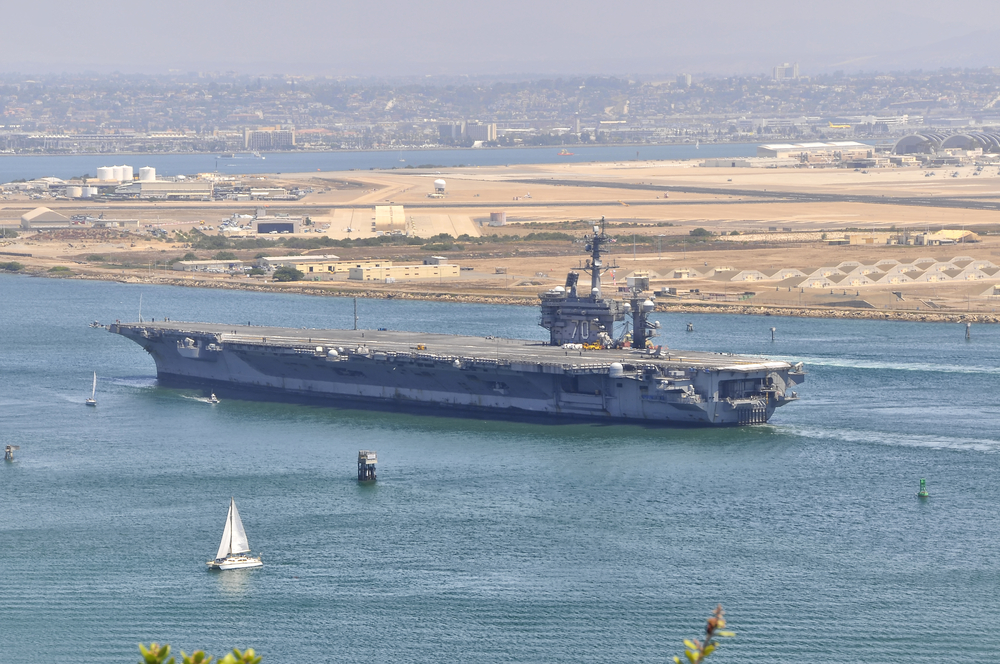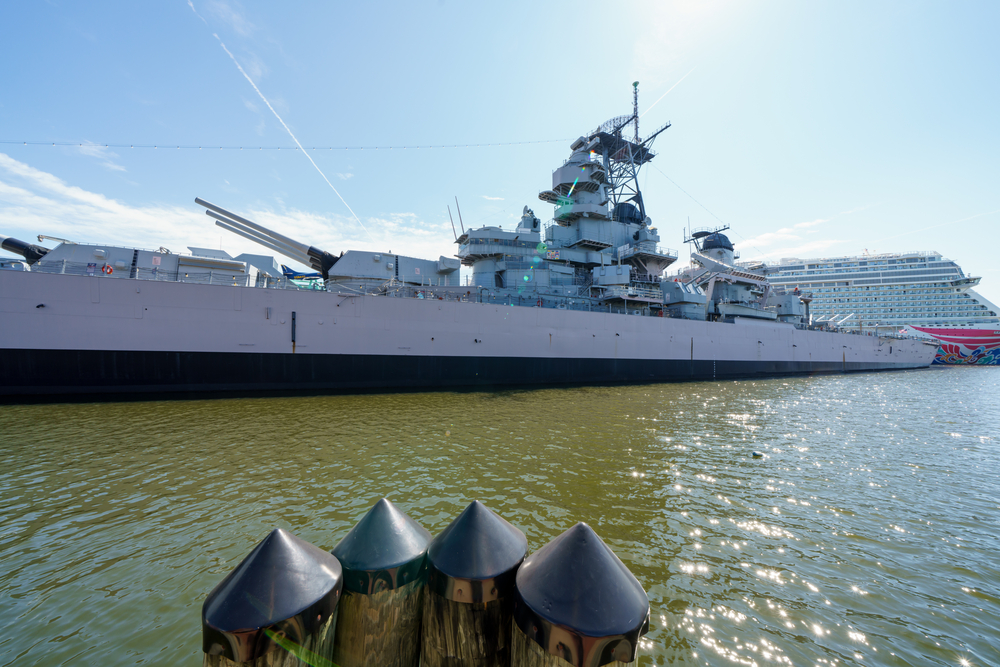
In an unexpected twist of naval fate, ardent advocates for the majestic dreadnoughts have swayed the United States Navy to reinstate two iconic battleships, the Iowa (BB-61) and Wisconsin (BB-64), to the Naval Vessel Register (NVR). The reactivation of these storied vessels, despite their obsolescence and the staggering cost exceeding that of modern destroyers, has become a topic of both intrigue and scrutiny within the military community.

The decision was catalyzed by a concerted campaign of press coverage and persuasive letters to Congress, culminating in a 17 to 3 vote by the Senate Armed Services Committee on 29 June 1995 to retain these ships in mothballs. These advocates argued that the Iowa-class battleships remained the Navy’s “only remaining potential source of around-the-clock accurate, high-volume, heavy fire support,” according to the Senate report. The Navy, however, had delayed their reinstatement until a memo was signed on 21 January 1998 by Chief of Naval Operations, Admiral Jay Johnson, and later by Secretary of the Navy John H. Dalton on 12 February 1998.

Yet, the two battleships were brought back into the fold on 30 December 1997, raising questions about their relevance in an era where naval warfare has evolved drastically. With the advent of over-the-horizon amphibious assaults utilizing MV-22 Ospreys, helicopters, and air-cushioned landing crafts, the 16-inch guns of the Iowa class—with a maximum range of 27 miles—fall short of the required capabilities.

Alternatives to the outdated 16-inch guns include the 5-inch/62-caliber gun aboard the destroyer Winston Churchill (DDG-81) with a range of 63 nautical miles, and the vertical gun for advanced ships (VGAS) expected to enter service by 2008, offering a range of about 100 nautical miles. Missiles such as the Army Tactical Missile System and Tomahawk variants, deployable by cruisers and destroyers post-2000, offer even greater flexibility and range.

The financial burden of reactivating these two battleships is another significant concern. With the total cost for reactivation during the Reagan administration’s four-ship fleet build-up amounting to approximately $1.66 billion, the projected expense to bring back just two ships could surpass $1 billion. That’s more than the cost of an Aegis destroyer outfitted with 90 missiles. Additionally, there are logistical challenges in upgrading the battleships with compatible modern equipment, sourcing the massive 1,600-person crew per ship, and providing up to six months of at-sea training before these ships could be combat-ready, potentially extending the timeframe to 18 months from order to operational status.
related images you might be interested.











